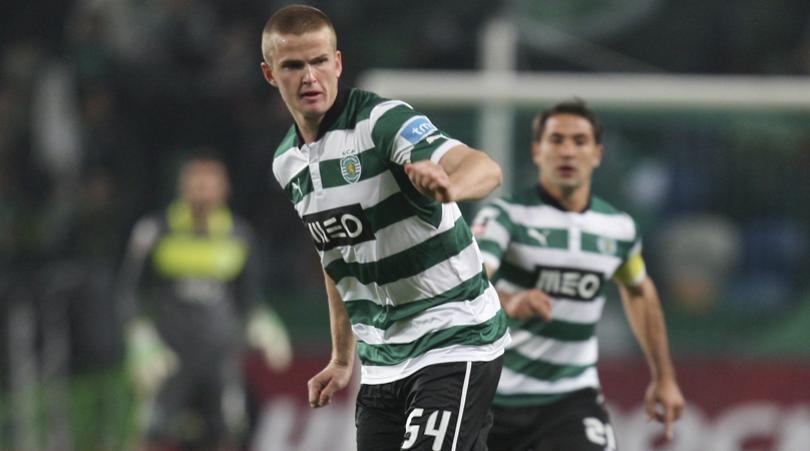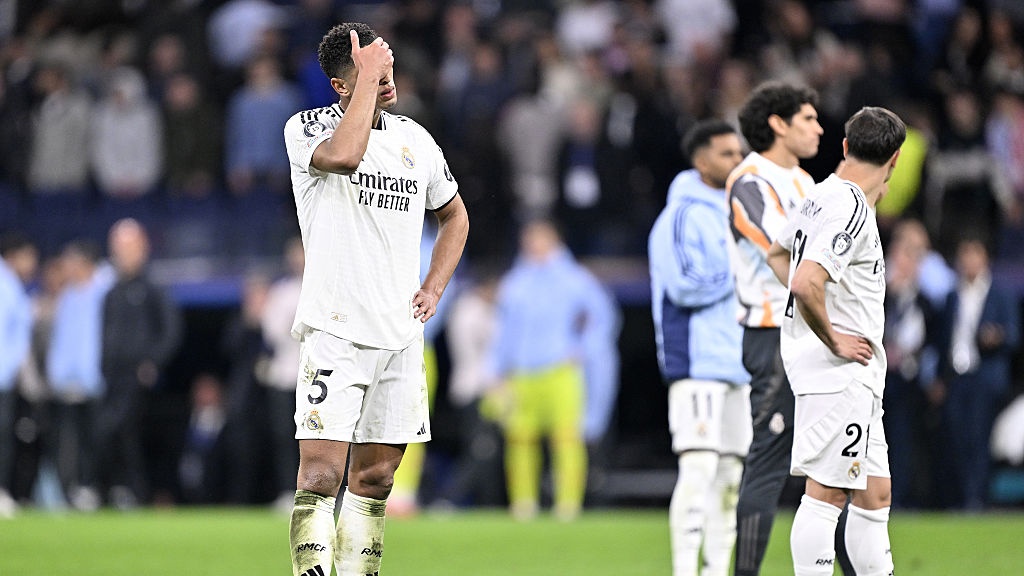What the Premier League’s so-called Big Five can learn from Leicester and Spurs
England’s top flight has been all shook up in 2015/16, and Alex Keble explains what the traditional powers might have picked up tactically...
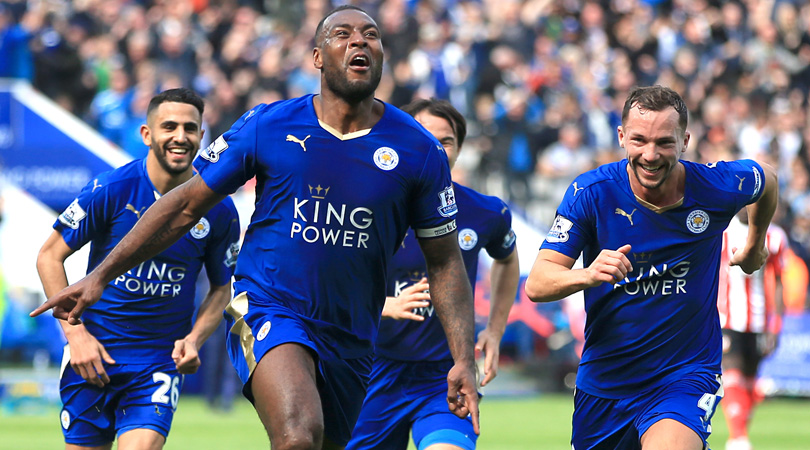
The Premier League may have settled into a lasting pattern after months of chaos at the top of the table, but future generations will still review the story of this campaign as one of the most bizarre, ridiculous and unpredictable seasons in the history of English football.
Never before have so many of the teams tipped for a title challenge fallen dramatically out of contention and yet, incredibly, this is not the most remarkable feature of the campaign. As recently as February, few pundits could offer a satisfactory explanation as to why Chelsea, Manchester United, and Manchester City have all capitulated so spectacularly, or why Leicester and Tottenham are the country’s most complete, consistent and watchable football clubs.
But with the benefit of hindsight it’s possible to pick out some of the key differences between our two title contenders and the flailing super clubs who could learn a thing or two...
1. Defensive midfielders give the full-backs greater licence to attack
Dier dropping back allows Alderweireld and Vertonghen to split wide and cover the flanks, leaving Rose and Walker space to lurk in advanced positions
Arguably the most impressive and innovative aspect of Pochettino’s tactics is his use of Eric Dier, Danny Rose, and Kyle Walker.
Tottenham’s full-backs are a vital attacking presence, offering width in a 4-2-3-1 formation that is extremely narrow; all three attacking midfielders drift into central space in a deliberate attempt to draw opponents inwards, creating room out wide for Rose and Walker to drive into.
This system would not be possible without Dier, a converted centre-back, dropping into defence to become part of a back three during sustained periods of Spurs pressure. This allows Toby Alderweireld and Jan Vertonghen to split wide and cover the flanks, leaving Rose and Walker space to lurk in advanced positions. It’s a relatively simple tactic but one that few other Premier League clubs have attempted.
Get FourFourTwo Newsletter
The best features, fun and footballing quizzes, straight to your inbox every week.
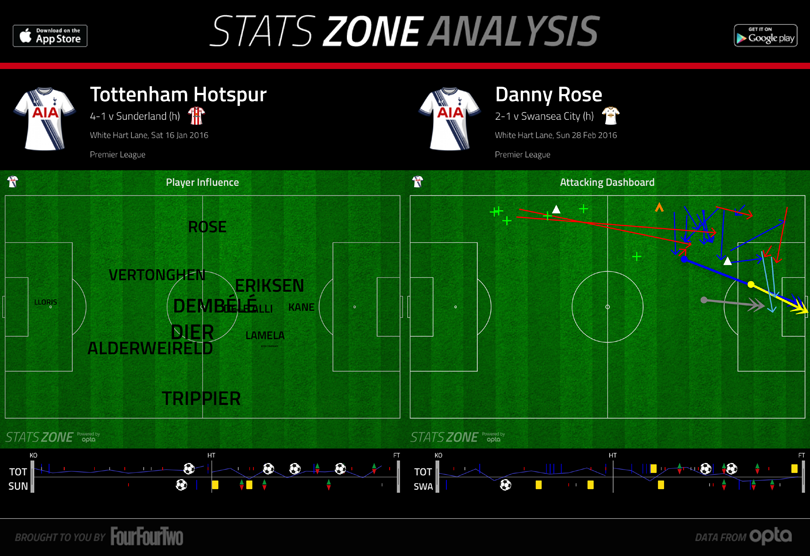
Manchester City are the team that would profit most from adopting this system. Fernando is capable of playing as a temporary central defender and could benefit from the simplification of his role in what is often a confused central midfield at the Etihad Stadium.
What’s more, Pablo Zabaleta and Aleksandar Kolarov are both more effective in attack than defence, while the trio of Kevin De Bruyne, Raheem Sterling and David Silva all like to play centrally in a congested tactic similar to Tottenham’s.
Chelsea have conceded numerous goals this season from counter-attacks that exploit space, while Manchester United’s injury concerns in the full-back positions could have been partially alleviated by a more robust defensive shape that included a Dier type dropping back.

It is universally acknowledged that full-backs are increasingly important to a team’s attack, so why have so few English teams learned how to successfully negotiate the balance?
It’s no coincidence that the two most exciting full-back partnerships in English football of the last five years – Walker/Rose and Ryan Bertrand/Nathaniel Clyne – were both schooled by Pochettino. It’s about time the big clubs steal some of his ideas.
2. Sign more defensive players to help grind out wins
This one should be obvious, and yet evidence throughout the season suggests that none of the big clubs are sufficiently well stocked to make defensive team selections (or substitutions) when it counts.
Man City’s squad is bulging with attackers but they failed to replace Milner in the summer despite the Englishman featuring in 32 league matches last season
Manchester City have won just three points from 11 games against top-seven clubs, while Liverpool (15) and Chelsea (14) are among the leaders for most points lost from winning positions.
The case of James Milner is perhaps the best way of explaining the value of the more conservative mould of footballer. Man City’s squad is bulging with attackers but they failed to replace Milner in the summer despite the Englishman featuring in 32 league matches last season.
He almost always played against fellow title chasers – amassing 3.1 tackles per game against top-seven sides – and his absence this campaign can clearly be felt; in City’s last five matches against the top seven the four most advanced players have averaged just 0.95 tackles and 0.75 interceptions each per match.
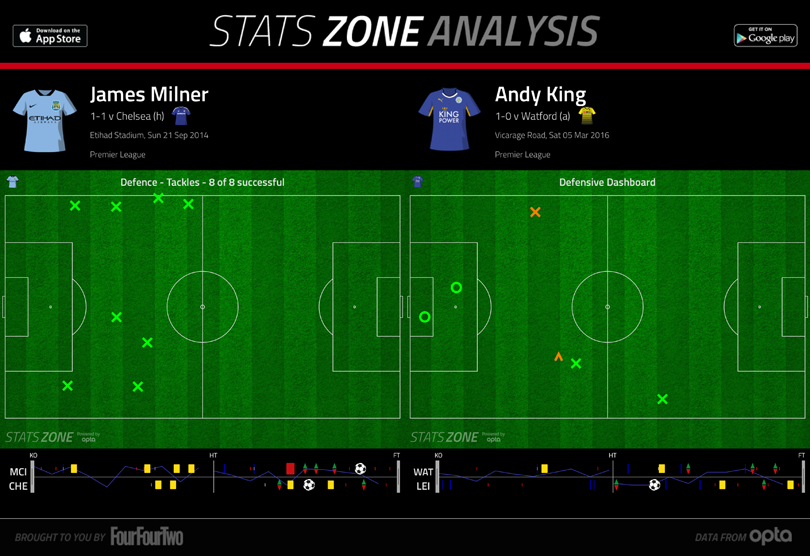
Spurs and Leicester frequently make astute substitutions to help consolidate a slim lead. Tom Carroll and Ryan Mason (with 24 substitute appearances between them) average a combined 6.0 tackles and 3.8 interceptions per 90 minutes, while Ranieri’s use of Andy King (14 substitute appearances) has helped add similar solidity at Leicester (2.6 tackles, 2.8 interceptions per 90). Leo Ulloa often comes on to add a big presence from defensive set-pieces too.
These types of players are almost absent from the traditional big clubs, where the most-used substitutes are Memphis Depay, Alex Oxlade-Chamberlain, Kelechi Iheanacho and Loic Remy. Is attack always the best form of defence? None of these four teams possess a sturdy winger who can boast a Milner-like influence.
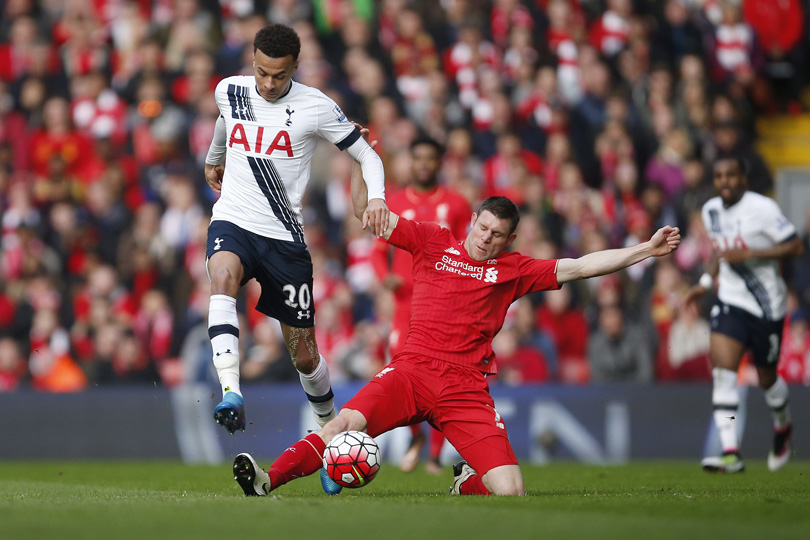
3. Stop using playmakers in central midfield
The sight of Cesc Fabregas jogging listlessly in the background as an opponent hurtles through the middle of the pitch has become a regular one at Stamford Bridge, and the image is often mirrored at Manchester City where Yaya Toure ambles outside of that crucial central zone.
Fabregas (56) and Ramsey (54) are the two most dribbled past players in the league
In both instances (and to some extent with Aaron Ramsey at Arsenal) this is an outdated strategy; one that made sense when Fabregas graced the Emirates turf a decade ago but is now too risky for the fury and intricacy of the modern central midfield battle.
Leicester and Tottenham are built around two immaculate midfield partnerships – a destroyer and a strong box-to-box runner – that are both calming influences when in possession and brick walls when defending.
Mousa Dembele and Danny Drinkwater are capable of providing a killer pass or slaloming run through the middle, but more importantly they possess the positional intelligence and defensive clout needed to dominate space against the bigger clubs.
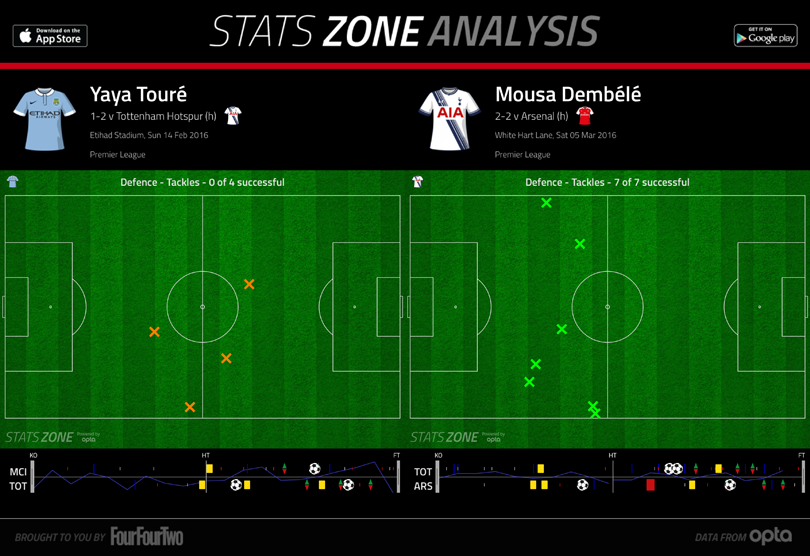
This is not the case at Chelsea, Arsenal or Manchester City. Fabregas and Toure average 0.7 and 0.9 interceptions per match respectively (significantly fewer than Drinkwater, 1.6, and Dembele, 2.0) while Fabregas (56) and Ramsey (54) are the two most-dribbled-past players in the league. Dembele has been dribbled past just eight times all season.
4. Take attacking set-pieces seriously
In three of the past four seasons, the Premier League champions have been among the top two for most set-piece goals scored, a pattern that persists in 2015/16; Spurs and Leicester lead the charts with 21 and 17 goals respectively.
Though an unglamorous route to goal, Alex Ferguson always recognised the importance of practicing set-pieces
Again, the traditional big guns are conspicuous by their absence from this list.
Though an unglamorous route to goal, Alex Ferguson always recognised the importance of practising set-pieces, but judging by Manchester United’s measly tally of eight goals from them this season, the same cannot be said for Louis van Gaal. Arsenal’s haul of 11 is half the size of their total last season, and Manchester City’s 13 could be improved for a side boasting such height and power in defence.
Wes Morgan’s crucial winner against Southampton last weekend was a perfect example – even if it didn't come directly from a set-piece – particularly in games when the opposition minimises goalscoring opportunities from open play by sitting deep and absorbing pressure.
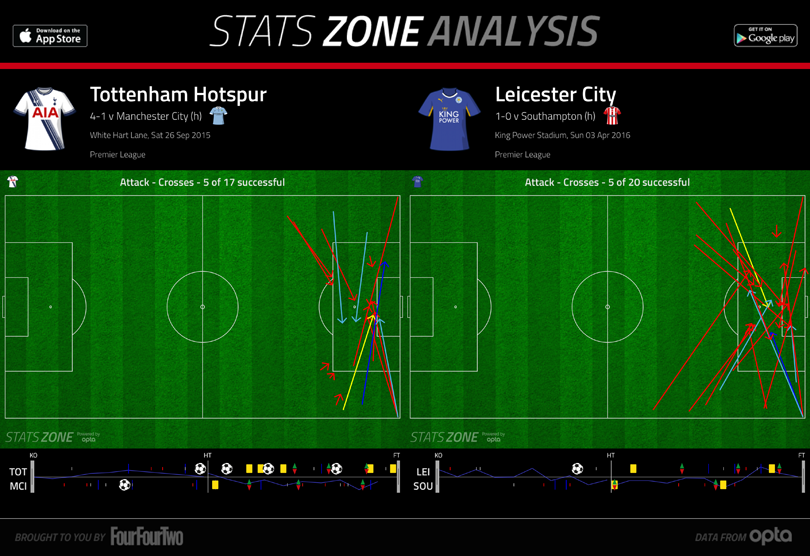
More features every day on FFT.com • Analysis
STATS ZONE Free on iOS • Free on Android
